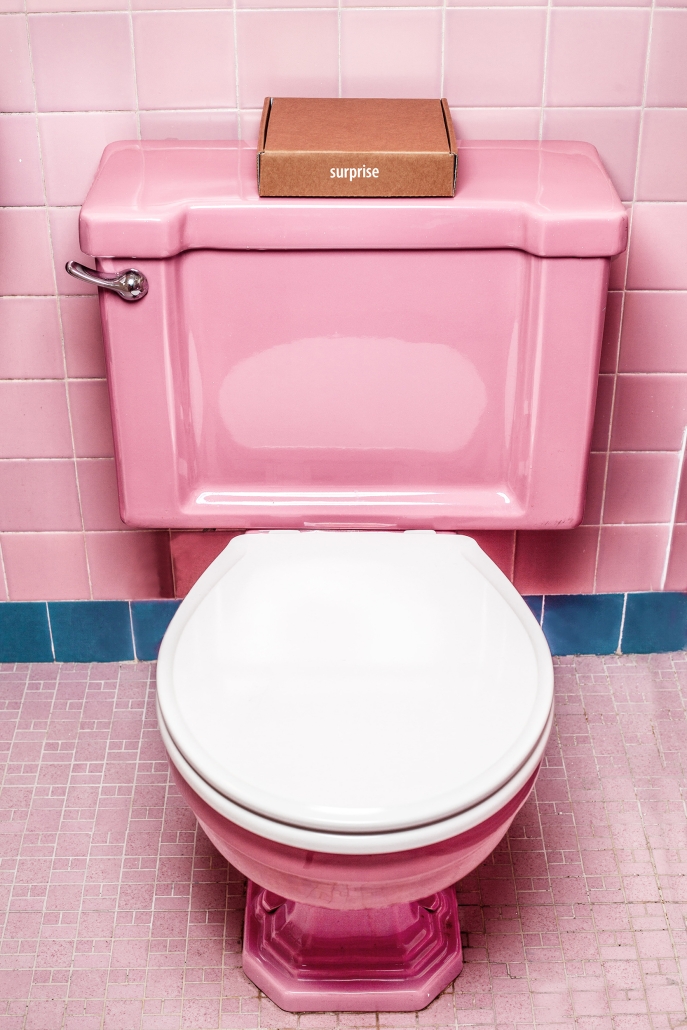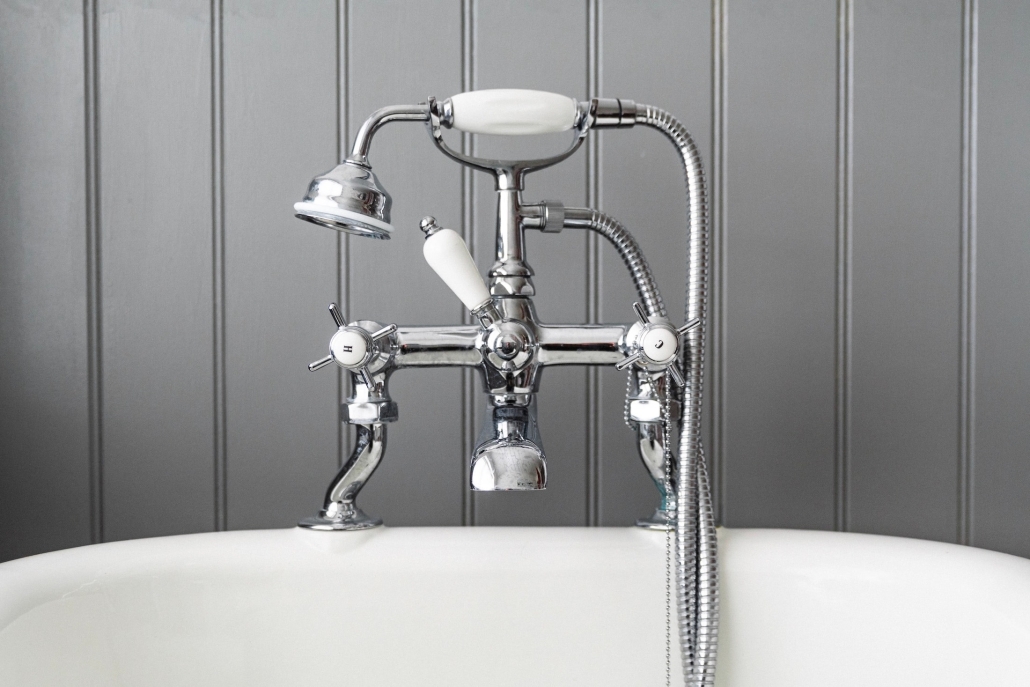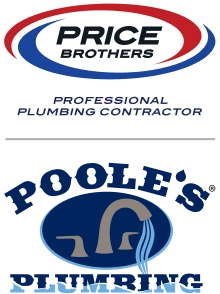When to Replace Your Plumbing Pipes
Knowing when to replace your plumbing pipes can be a challenging task. Your plumbing system is one of the most essential yet often overlooked components of your home. While pipes are built to last for decades, they aren't invincible. Over time, they can corrode, crack, or develop leaks, potentially leading to severe structural damage or costly repairs. It is key to know when to replace your plumbing pipes to maintain your home's value and protect it from preventable problems.
Signs Your Pipes May Need Replacement
Are your pipes due for an upgrade? These may be some common warning signs to watch for:
1. Discolored Water
If your tap water appears brown, yellow, or has a metallic taste, it could indicate rust in your pipes. Rust not only compromises water quality but can also weaken the integrity of the pipes, increasing the risk of leaks.
2. Frequent Leaks
Over the years, one or two pipe leaks may not be a significant concern, but frequent leaks indicate widespread corrosion or deterioration. Recurring repairs can quickly add up, making a complete replacement a more innovative and more economical option.
3. Low Water Pressure
A sudden drop in water pressure often indicates a blockage or buildup of debris inside your pipes. Corroded pipes can also narrow, restricting water flow and lowering water pressure throughout your home.
4. Strange Noises
Are you hearing loud banging or clanging when you turn your faucets on or off? This could indicate air or pressure issues, but it might also highlight deteriorating pipes or loose fixtures connecting them.
5. Visible Damage
If you spot cracks, flaking, or discoloration on exposed pipes, it's a sign that your pipes are deteriorating. These visible issues can quickly escalate into leaks or bursts, especially if ignored.
6. Age of Pipes
Plumbing materials have an expiration date. Old galvanized steel, lead, or polybutylene pipes are especially prone to issues, so if your pipes are approaching or exceeding their average lifespan, it's time to consider replacing them.
How Long Do Plumbing Pipes Last?
The lifespan of your pipes depends on the material they're made of. Here's a quick guide:
- Copper Pipes: 50+ years
- Brass Pipes: 40–70 years
- Galvanized Steel Pipes: 20–50 years
- PVC Pipes (common in modern homes): Indefinitely, but joints may need maintenance
- Cast Iron Pipes (often used for sewer lines): 75–100 years
If your home is older and still has outdated piping, such as lead or galvanized steel, replacing it is critical for longevity and safety.
Benefits of Replacing Old Pipes
Replacing old plumbing pipes can offer more than just peace of mind. Here are a few benefits:
1. Improved Water Quality
Say goodbye to discolored water or strange tastes coming from your taps. New pipes ensure your water stays clean, fresh, and safe.
2. Better Water Pressure
Upgraded pipes enhance water flow, improving water pressure for showers, appliances, and faucets throughout your home.
3. Reduced Risk of Damage
Avoid the expensive headaches caused by leaks, bursts, and water damage. Investing in newer, stronger piping can save thousands in emergency repairs later.
4. Compliance With Modern Standards
Older materials, such as lead or polybutylene, don't meet today's plumbing codes. Upgrading ensures your home adheres to modern safety and health standards.
5. Boost Home Value
An efficient and up-to-date plumbing system can be a significant selling point when you sell your home. Buyers will appreciate knowing they won't face potential pipe issues after moving in.
When to Replace vs. Repair
Sometimes, repairing a pipe is sufficient. Other times, replacement is the better long-term solution. Here's when to prioritize a complete replacement:
- Widespread Issues: Frequent leaks in multiple locations signal systemic issues, making replacement a more intelligent and cost-effective choice.
- Outdated Materials: Lead or galvanized steel pipes should always be replaced due to health and performance risks.
- Renovations: If you're remodeling your home, it's the perfect time to replace aging pipes hidden behind walls or under flooring.
How to Get Started
Replacing your plumbing pipes can be a significant project, but working with an experienced professional ensures the process is smooth and hassle-free. At Poole's Plumbing, we've helped homeowners upgrade their systems with reliable solutions that stand the test of time since 1999.
Why Choose Poole's Plumbing?
- Trusted Expertise: Our team has decades of experience, handling everything from pipe replacements to emergency repairs.
- Best Price Guarantee: We ensure competitive pricing without compromising on quality.
- 24/7 Support: Have a plumbing emergency? We're always here to help.
Act Before Problems Get Worse
Your plumbing system is crucial to the function and comfort of your home. Don't wait for a minor issue to turn into a major disaster. Whether you need an inspection, repair, or complete replacement, Poole's Plumbing is at your service.
Contact Us Today
Call us at 919-661-6334 or schedule an appointment online to discuss your plumbing needs. Poole's Plumbing will always provide reliable service and peace of mind.
Stay proactive. Protect your home with a trusted partner by your side.

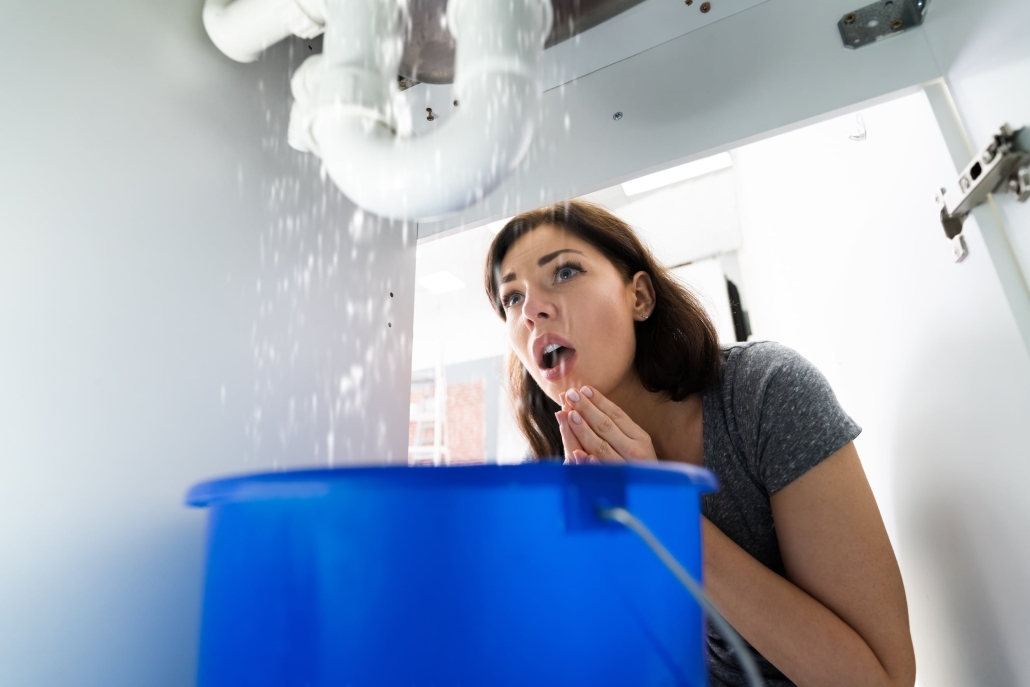
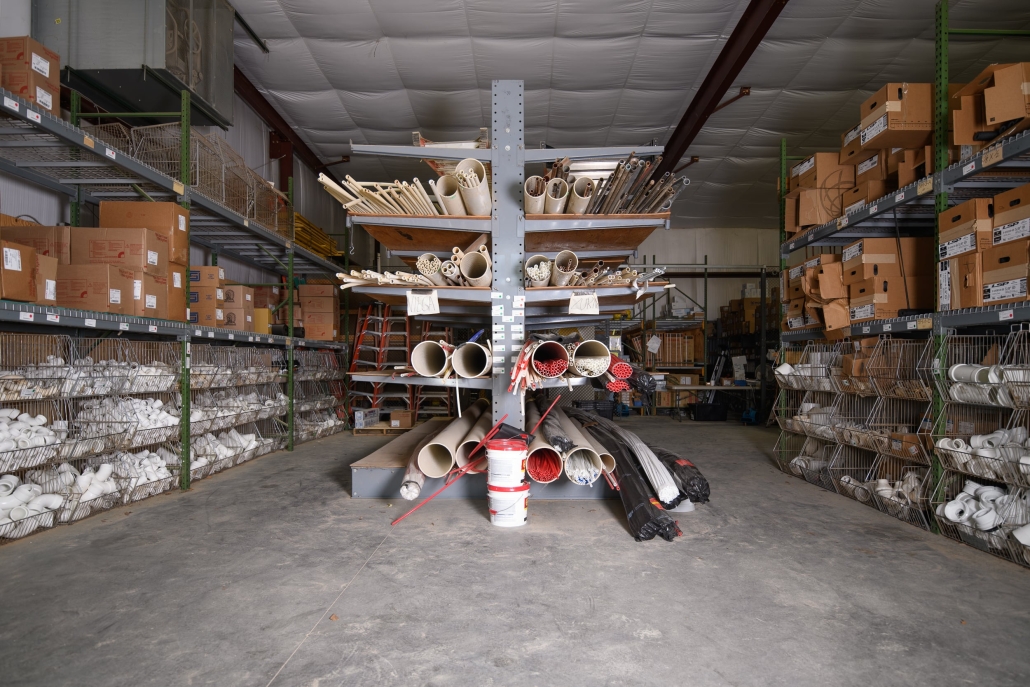

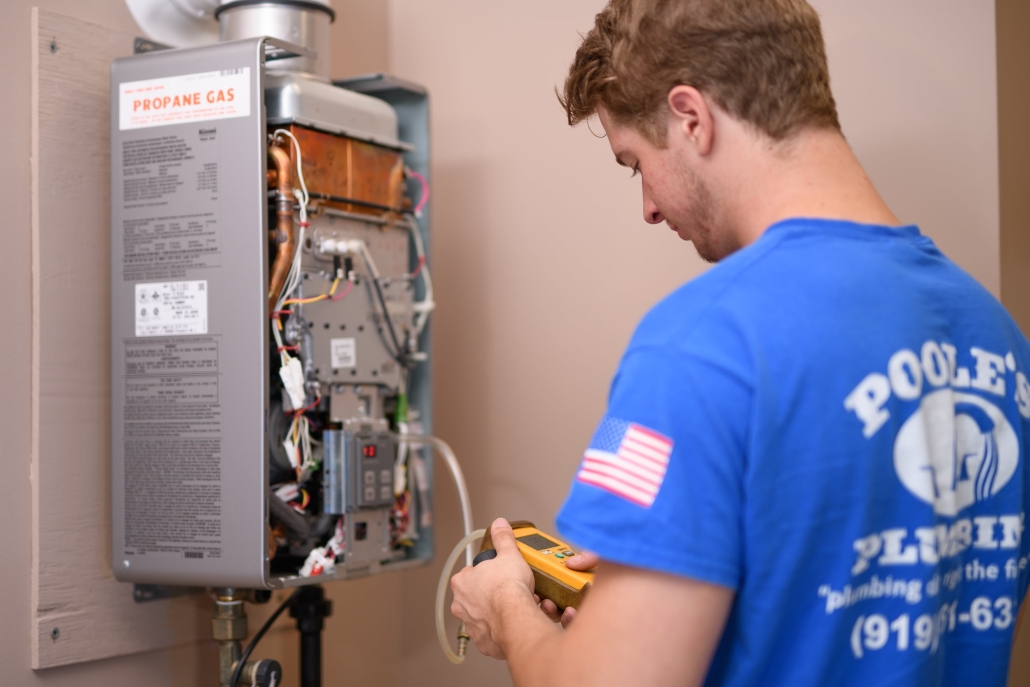
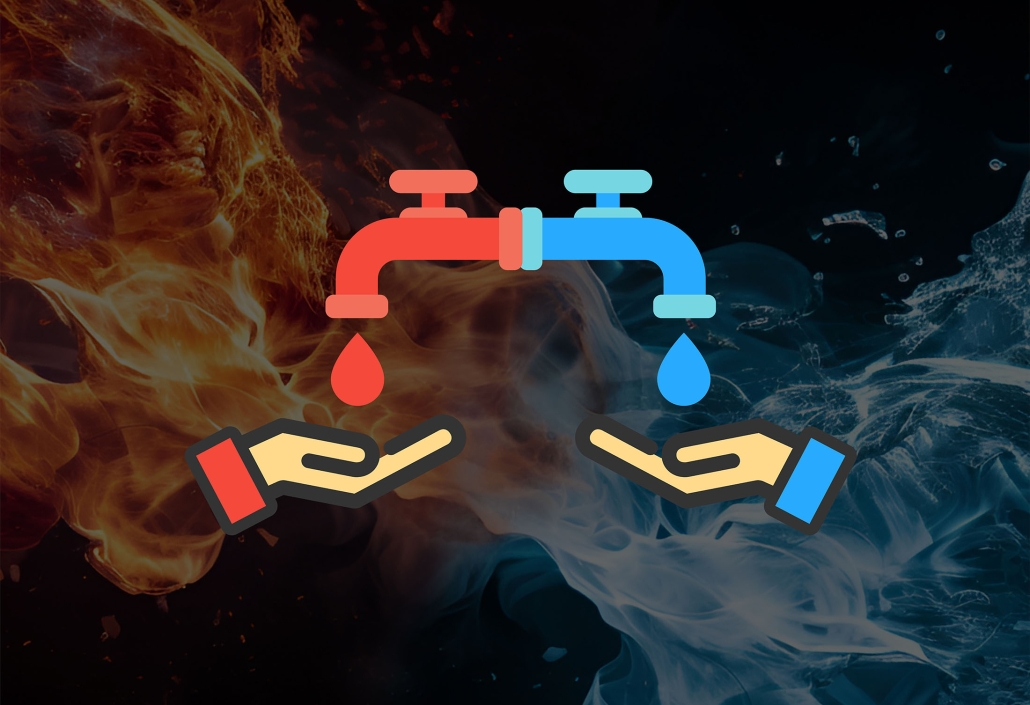

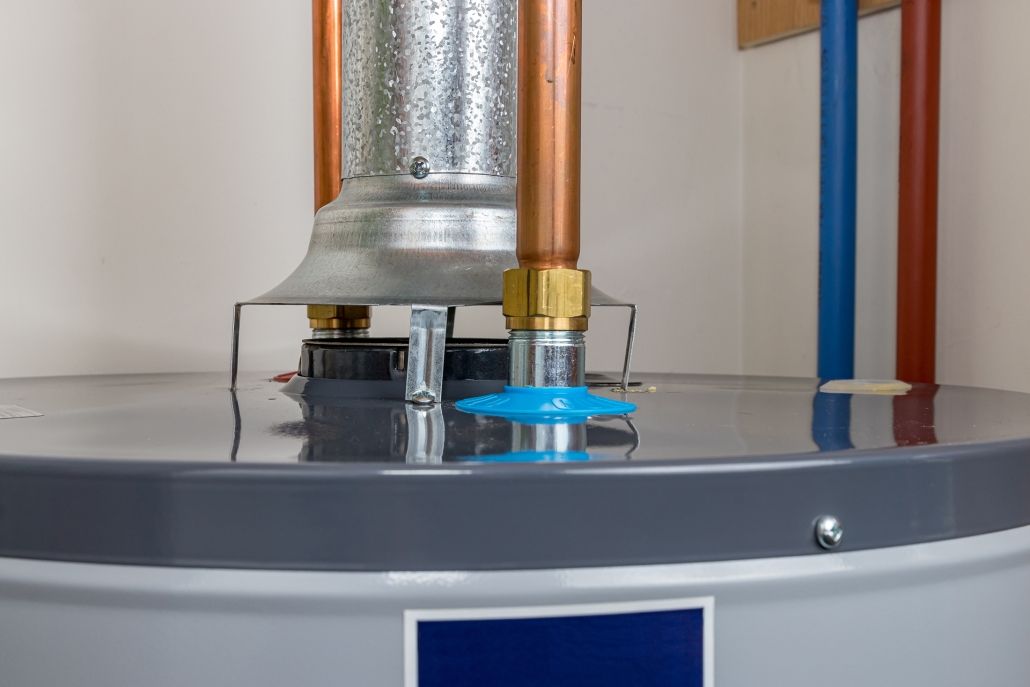
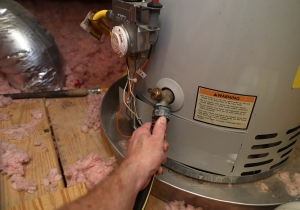 Water Heaters Available
Water Heaters Available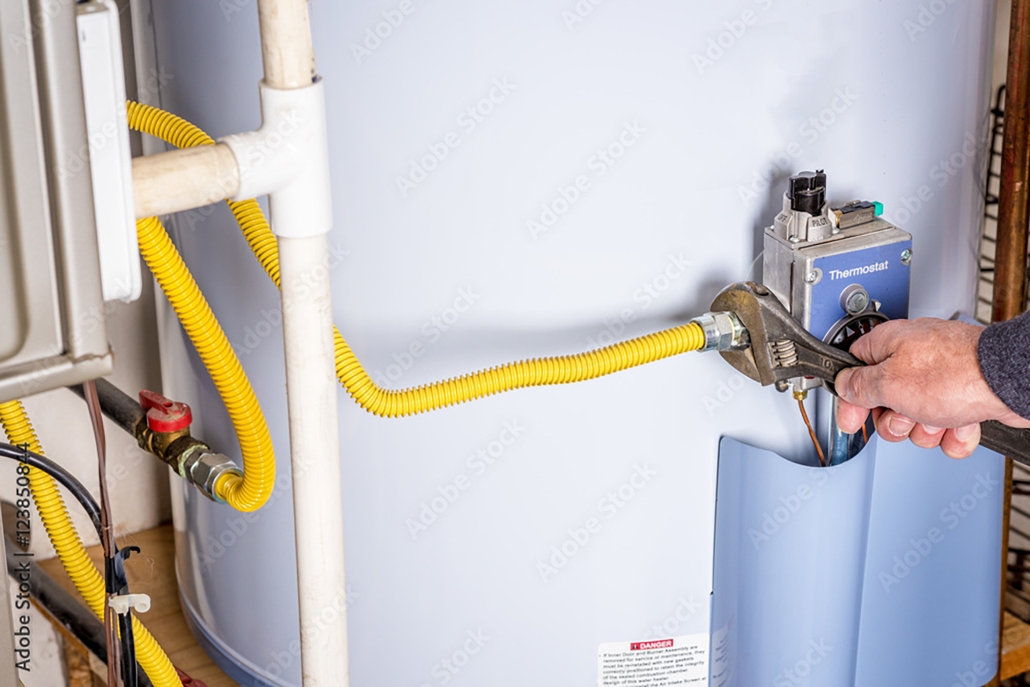
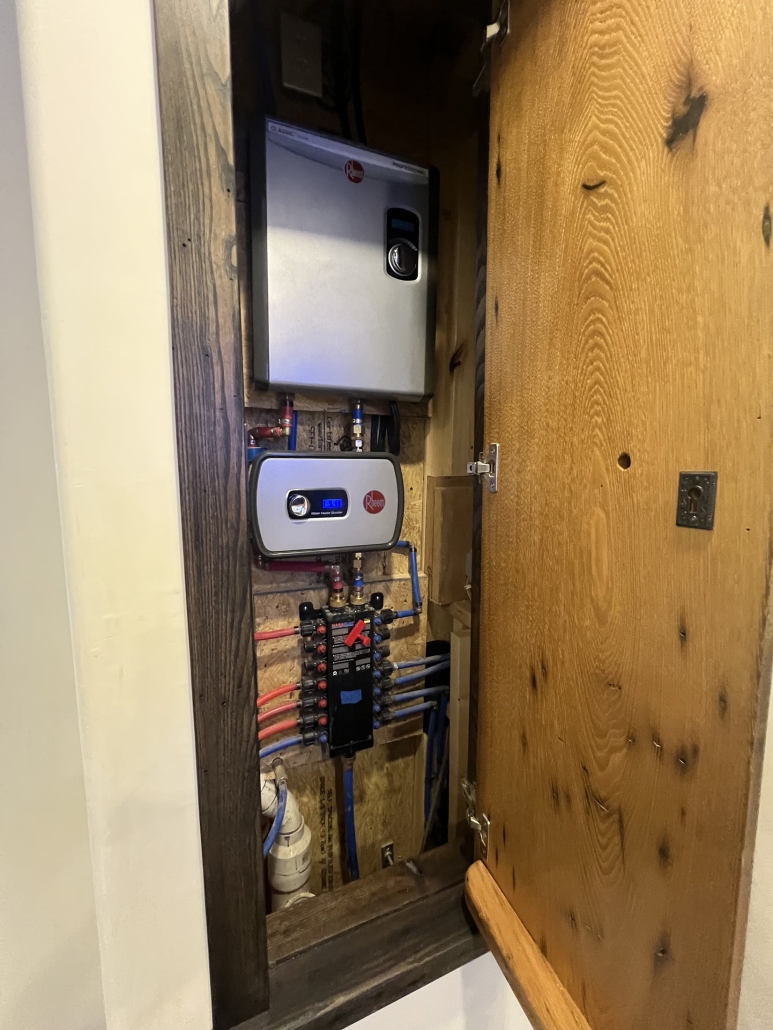
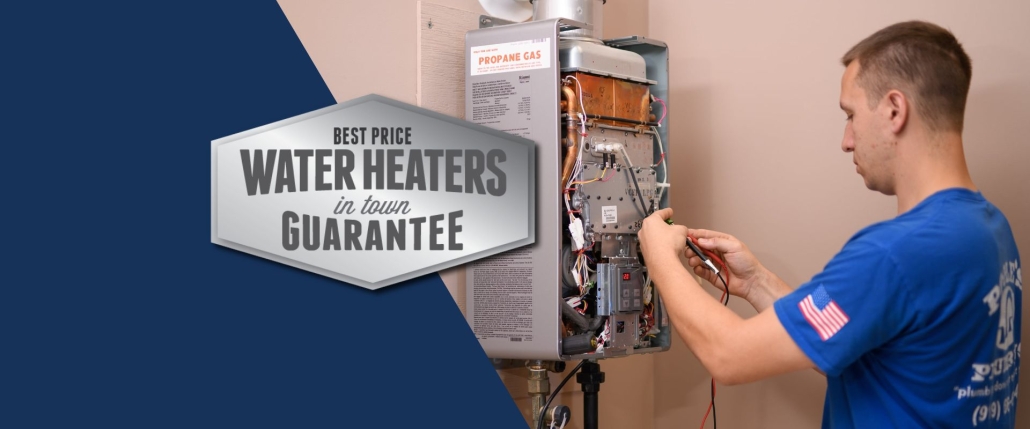
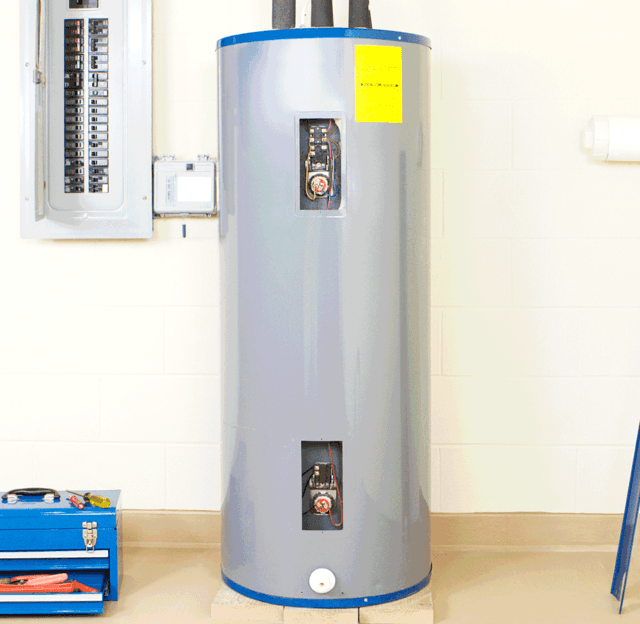
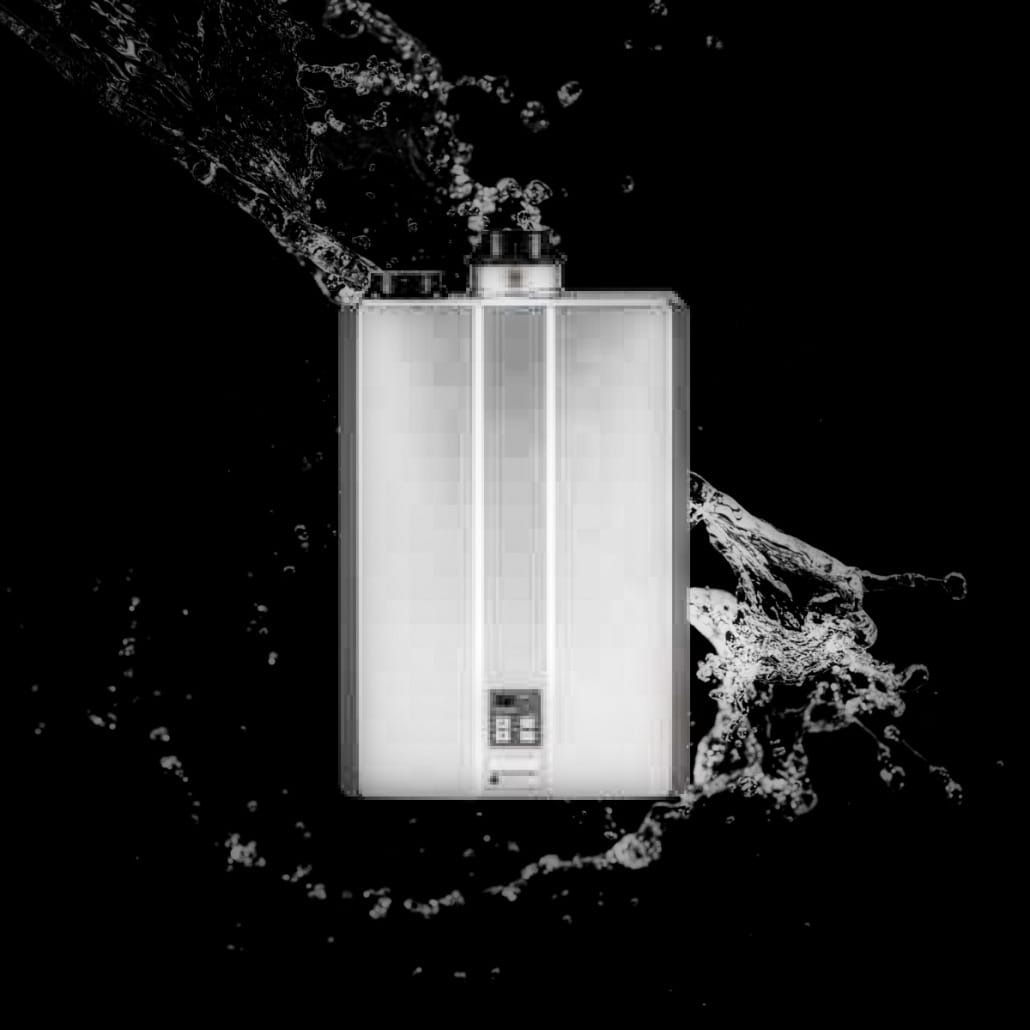
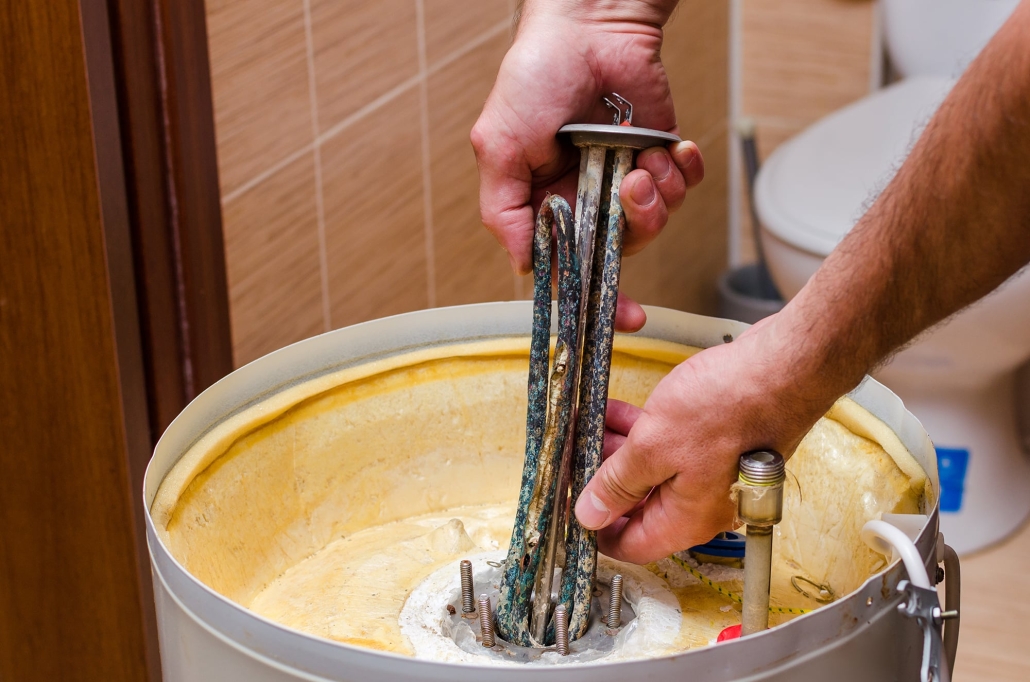
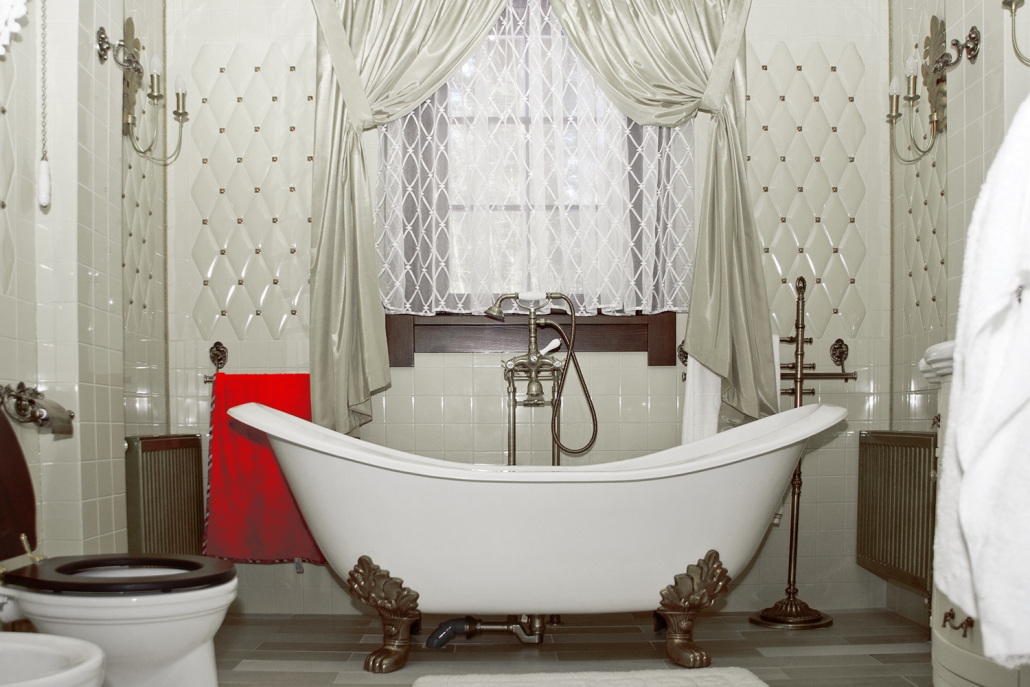
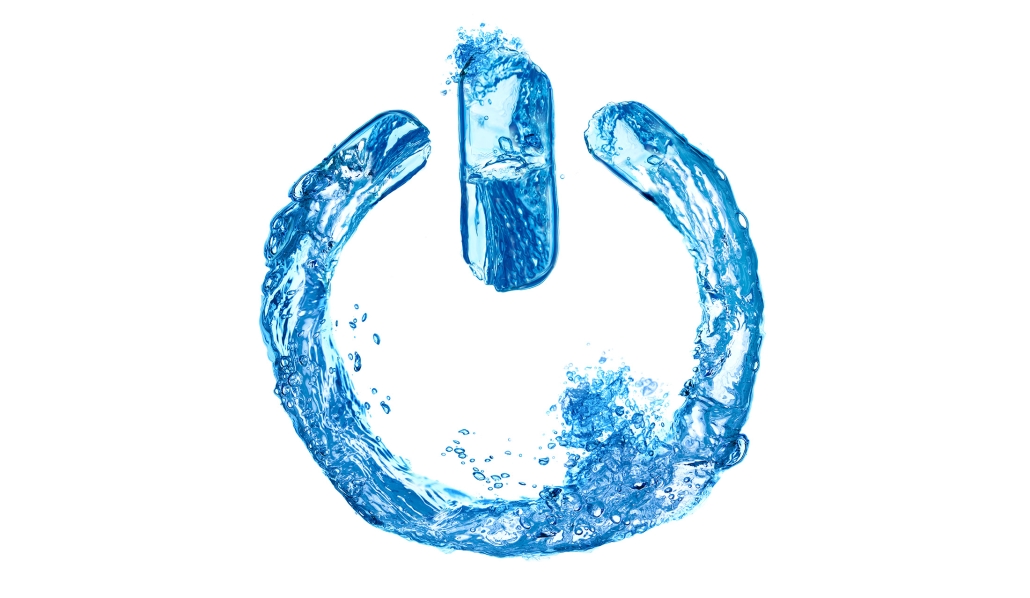
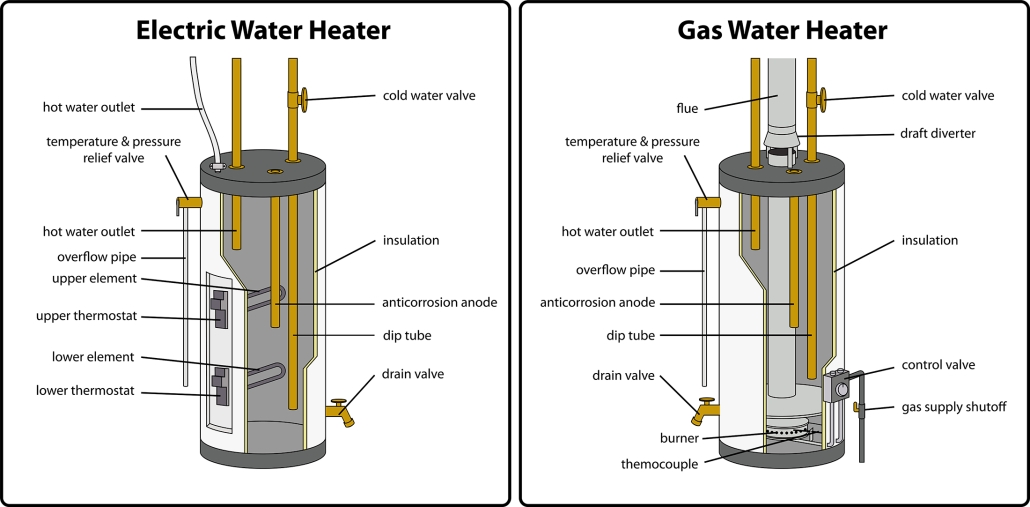

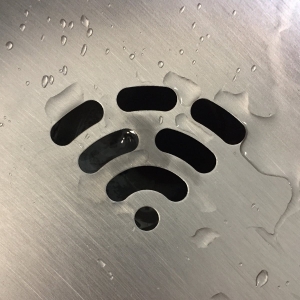
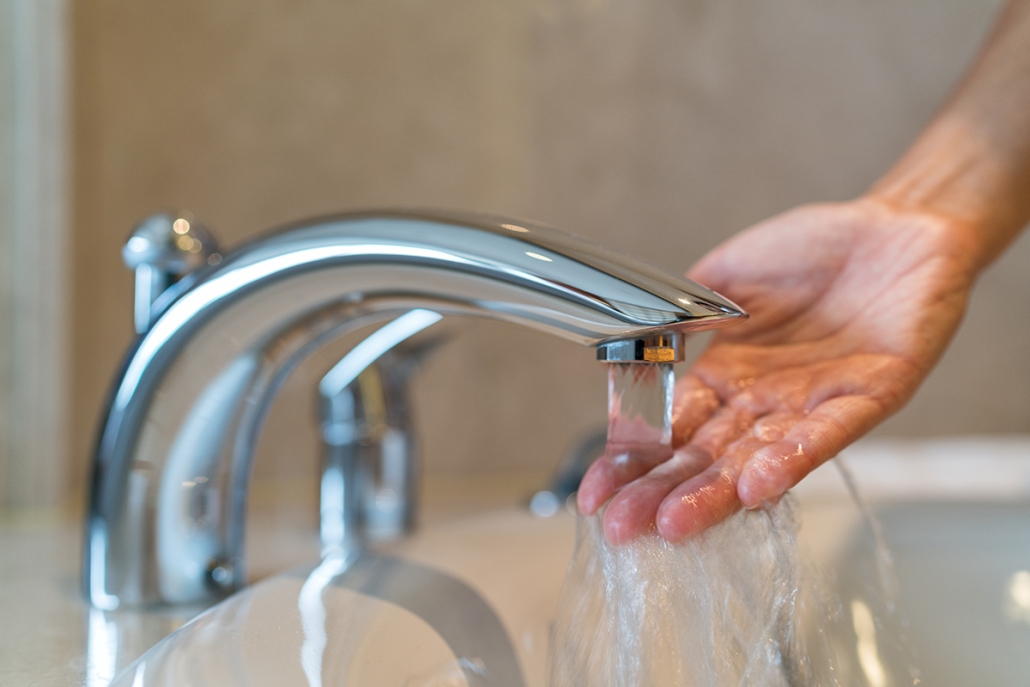
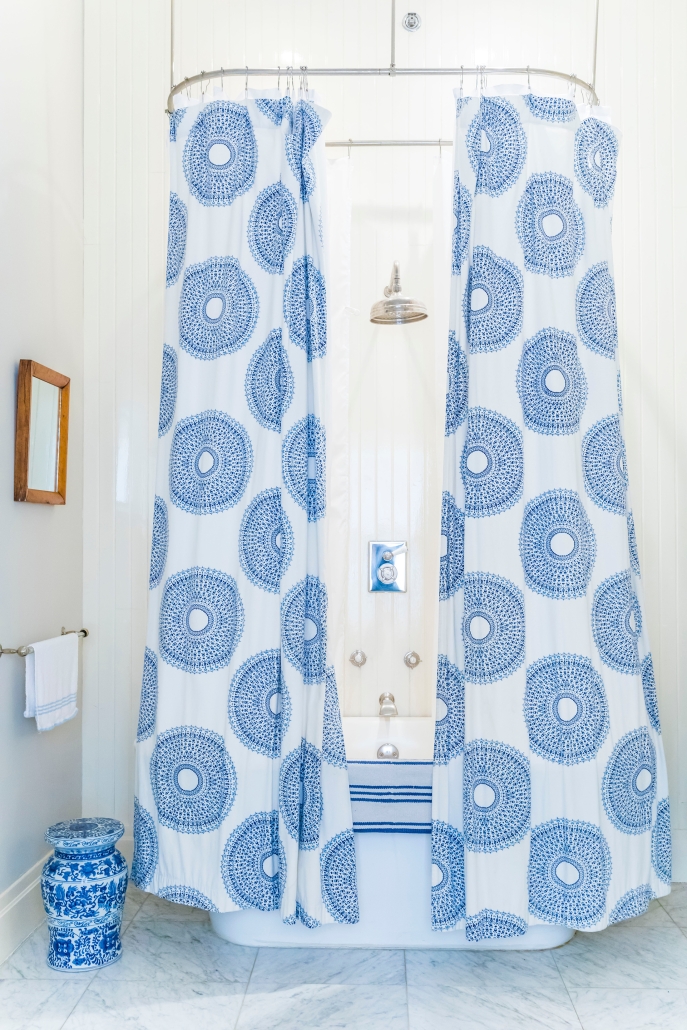
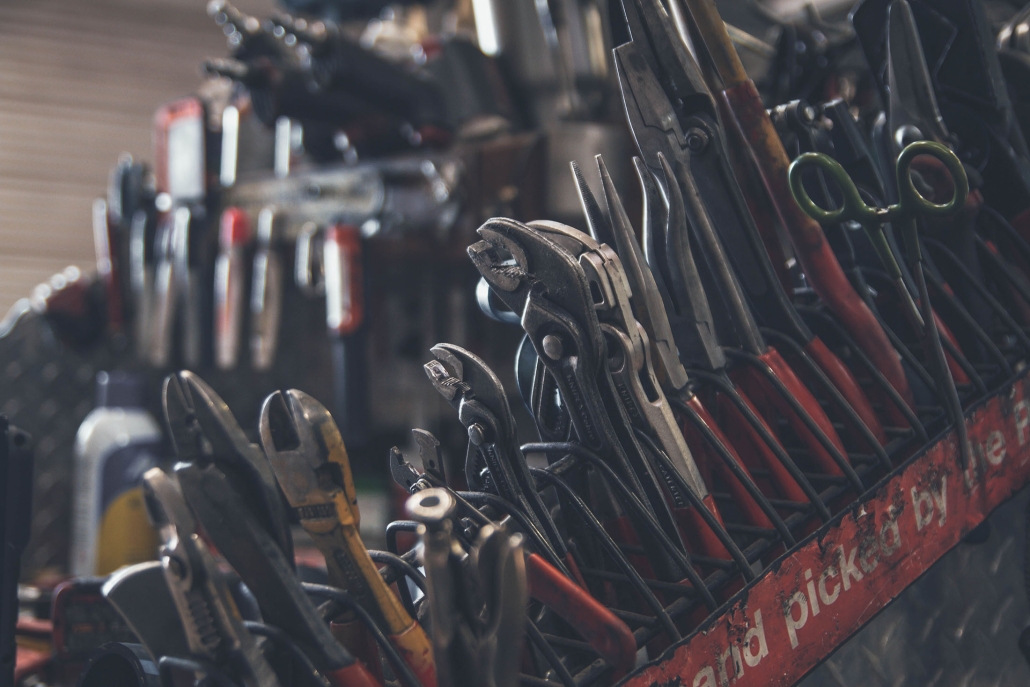
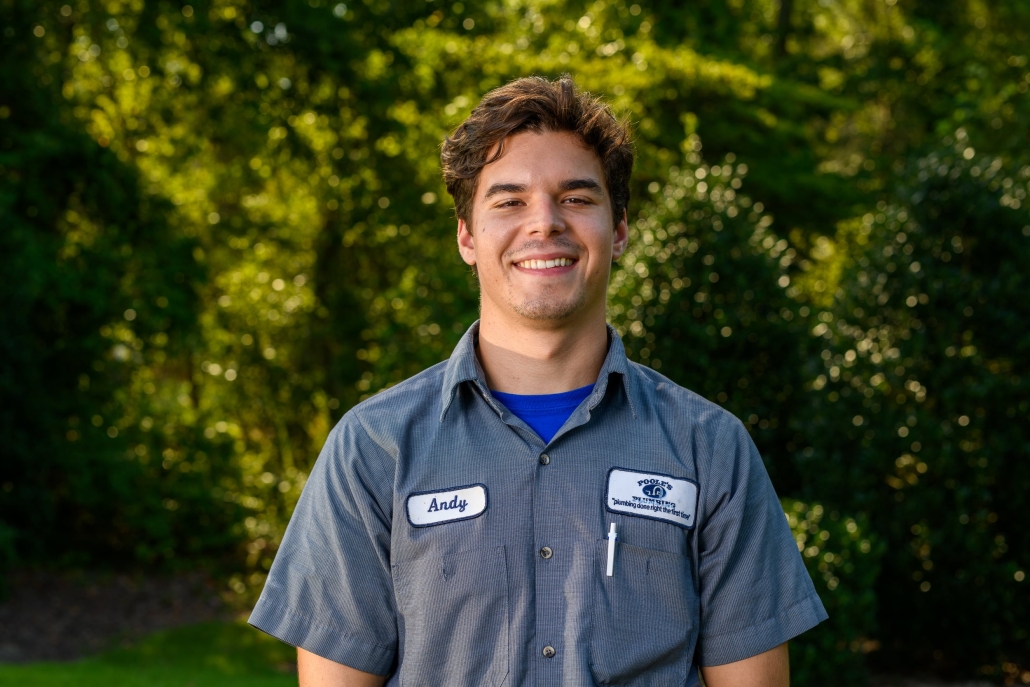

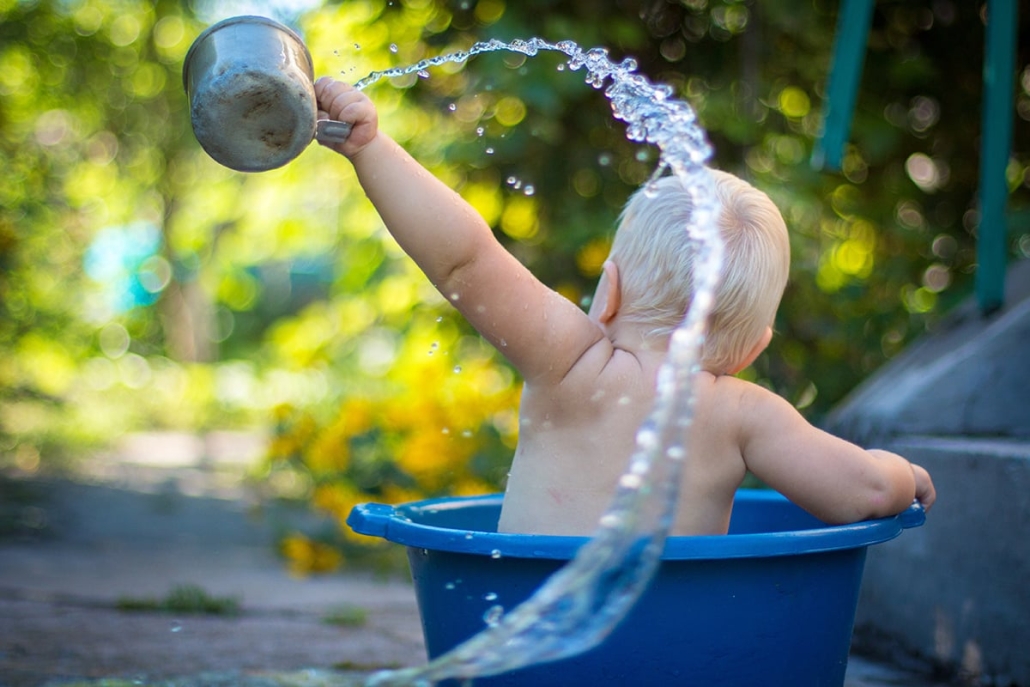
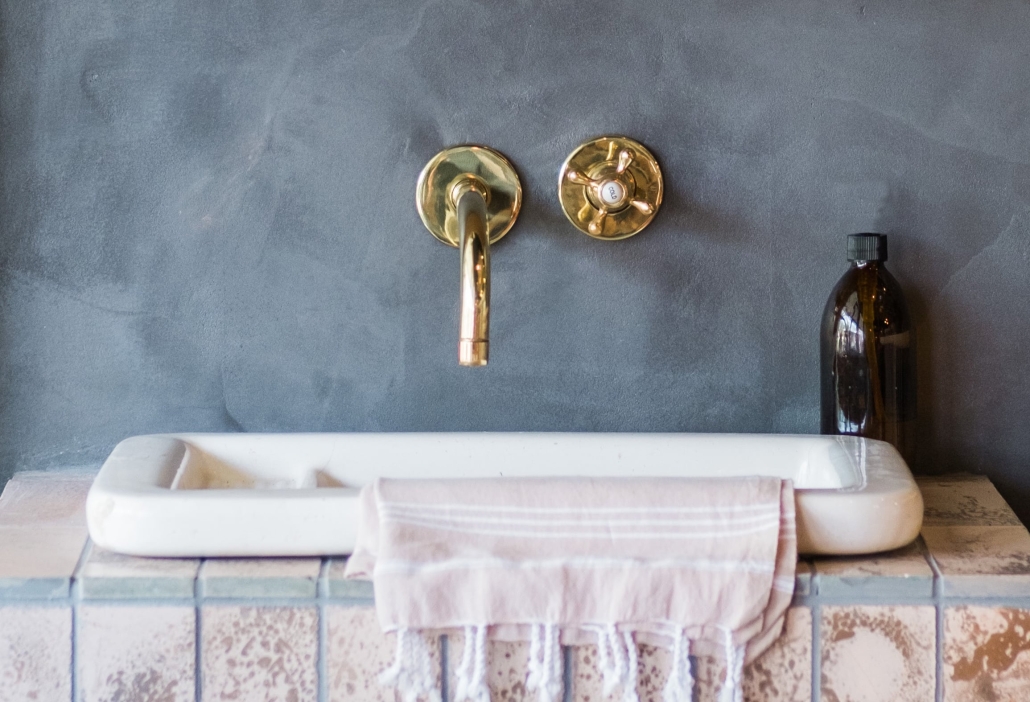
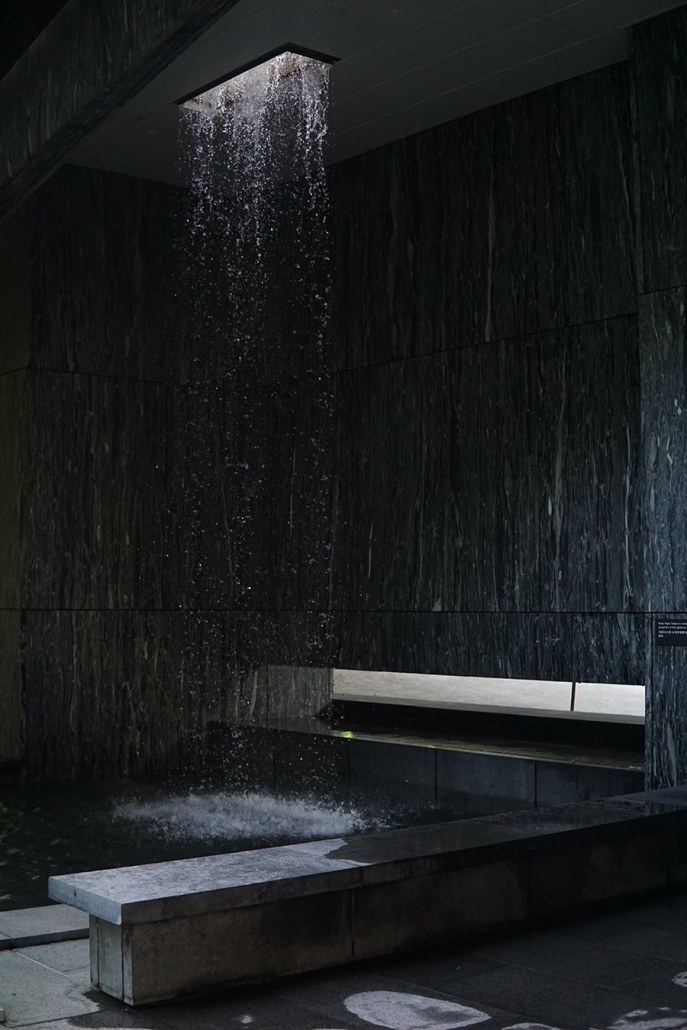
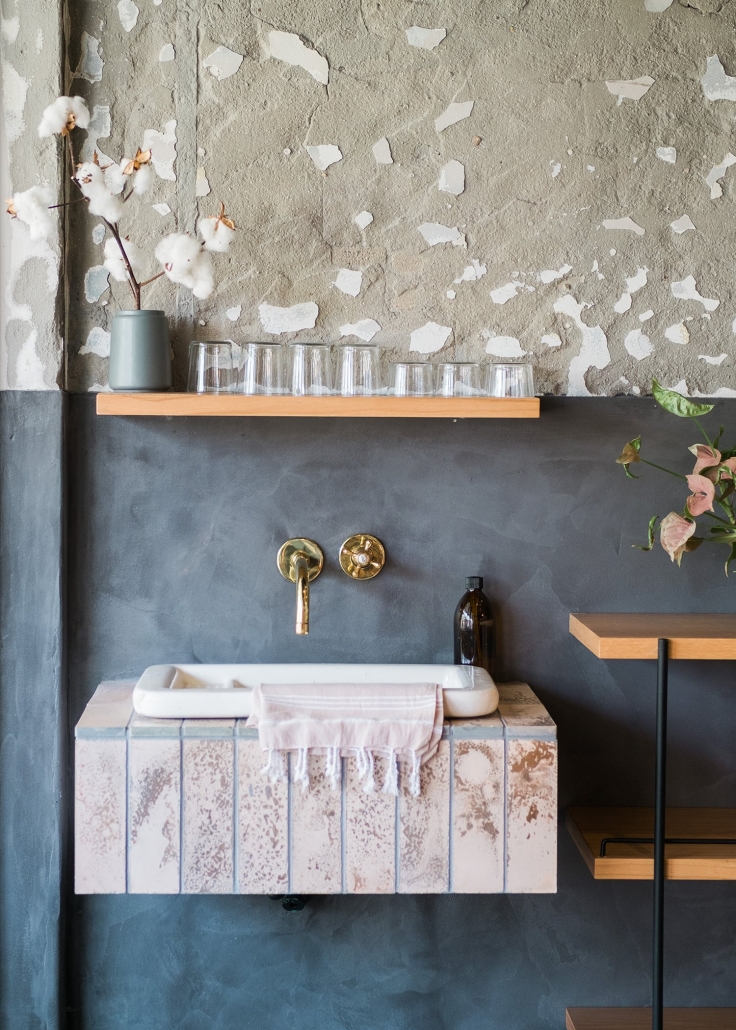
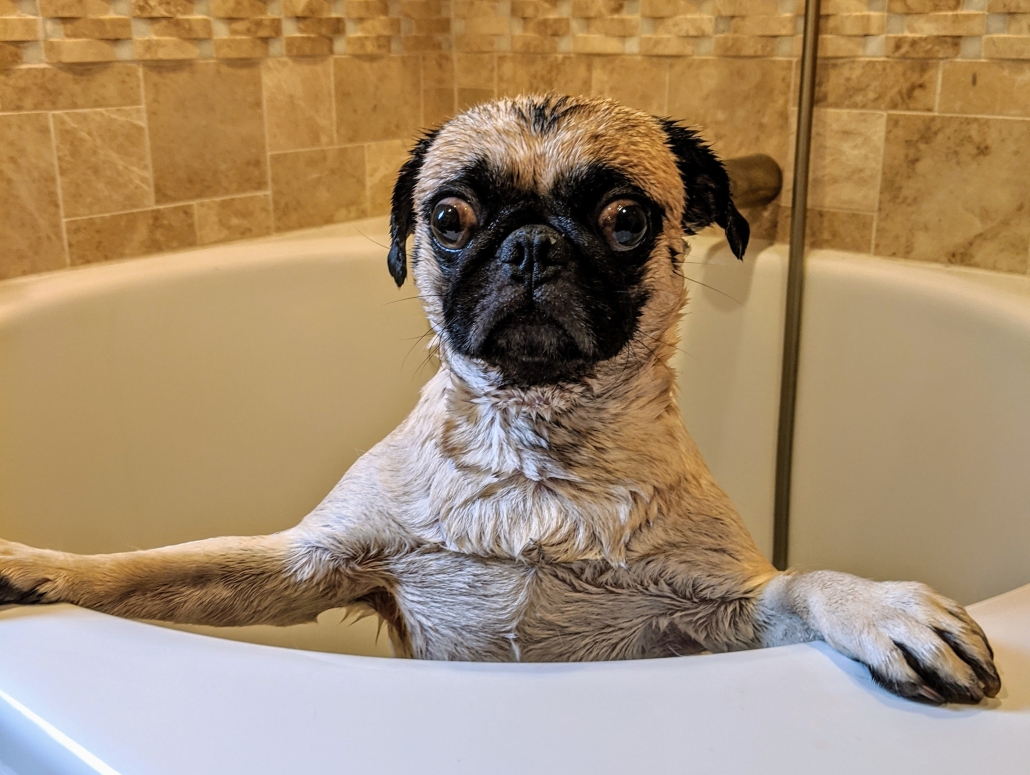
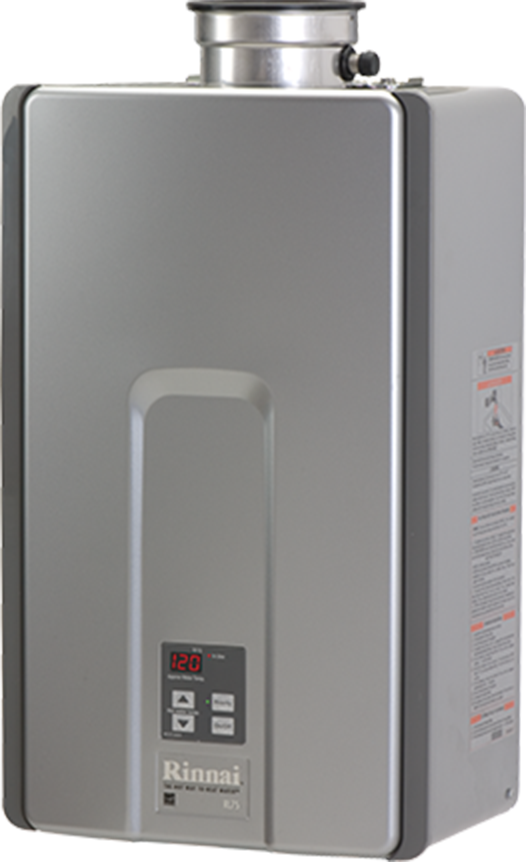
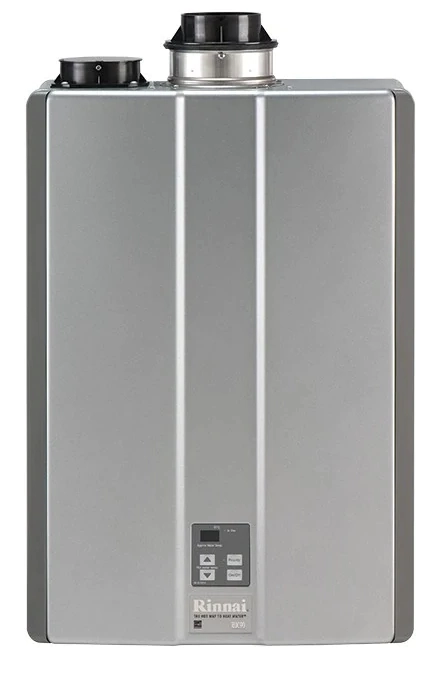
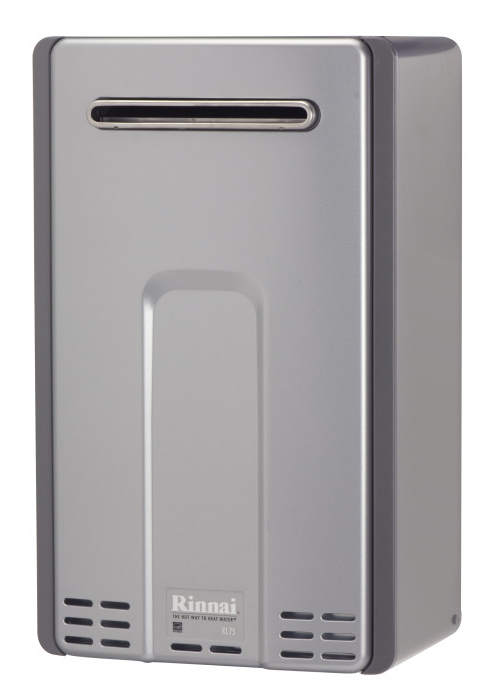
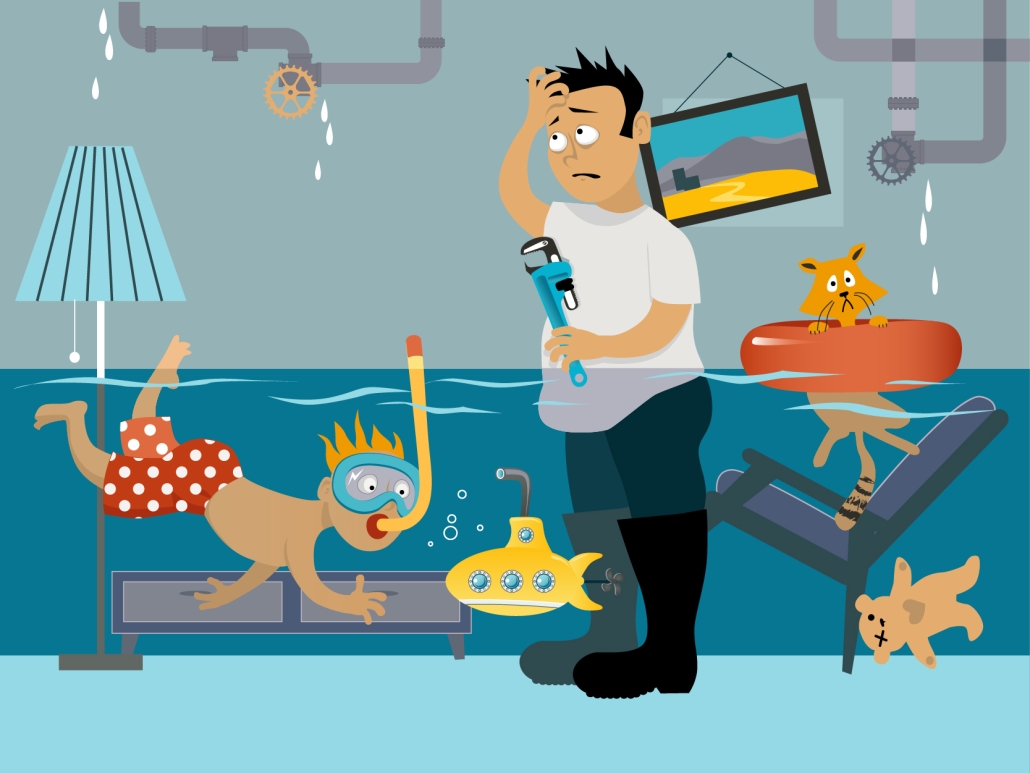
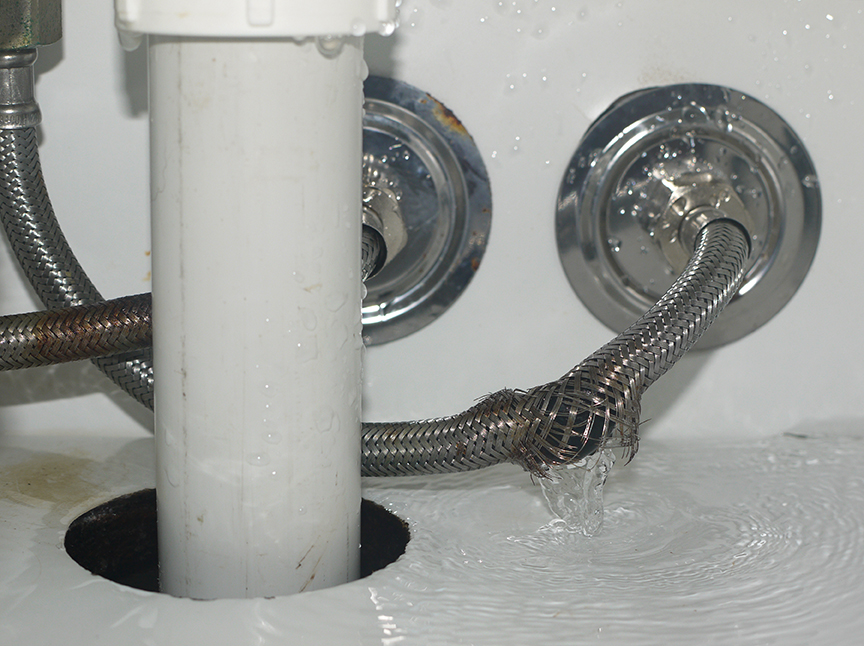
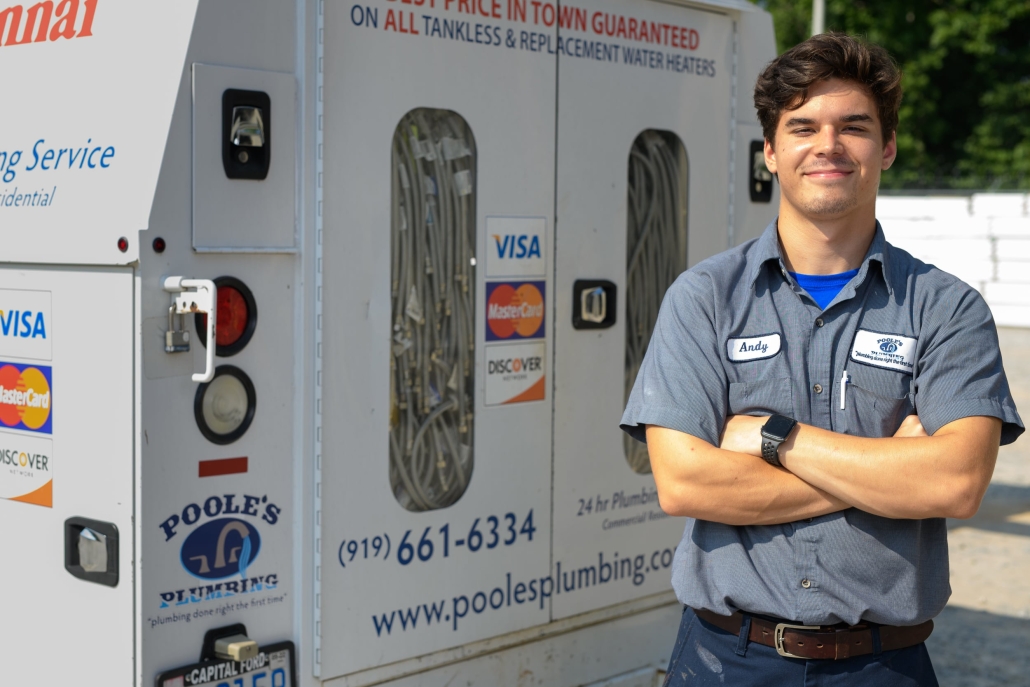


 Replacing bathroom fixtures can be a great way to update your bathroom and get it looking new again. If you need parts, the most important thing is that you find the best deal and buy from a retailer with good reviews. After replacing the elements, you will use your bathroom without any problems.
Replacing bathroom fixtures can be a great way to update your bathroom and get it looking new again. If you need parts, the most important thing is that you find the best deal and buy from a retailer with good reviews. After replacing the elements, you will use your bathroom without any problems.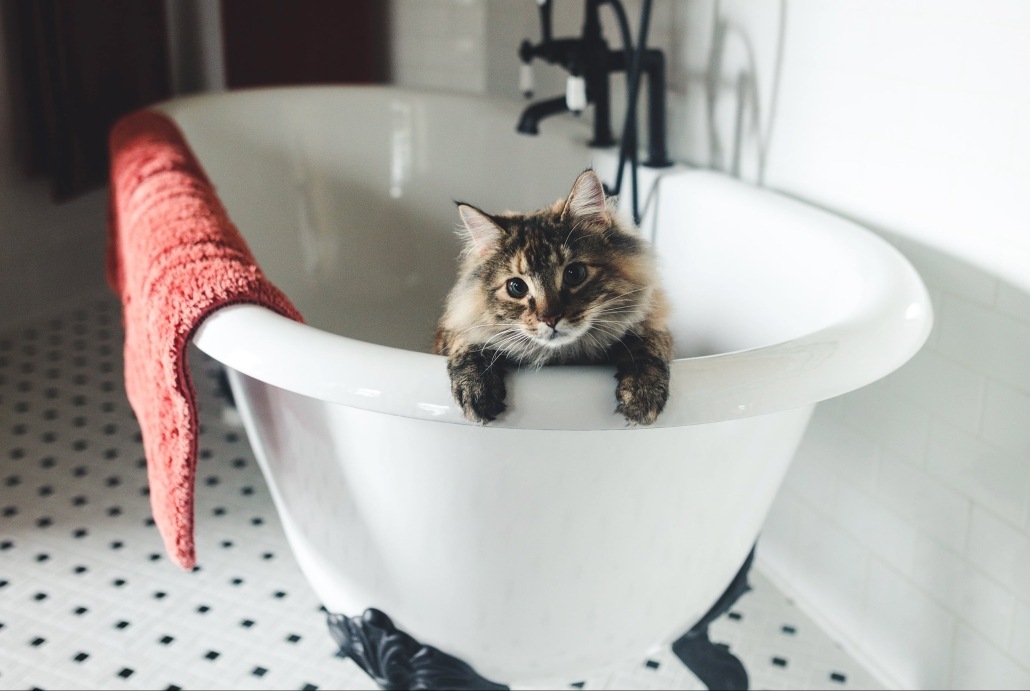
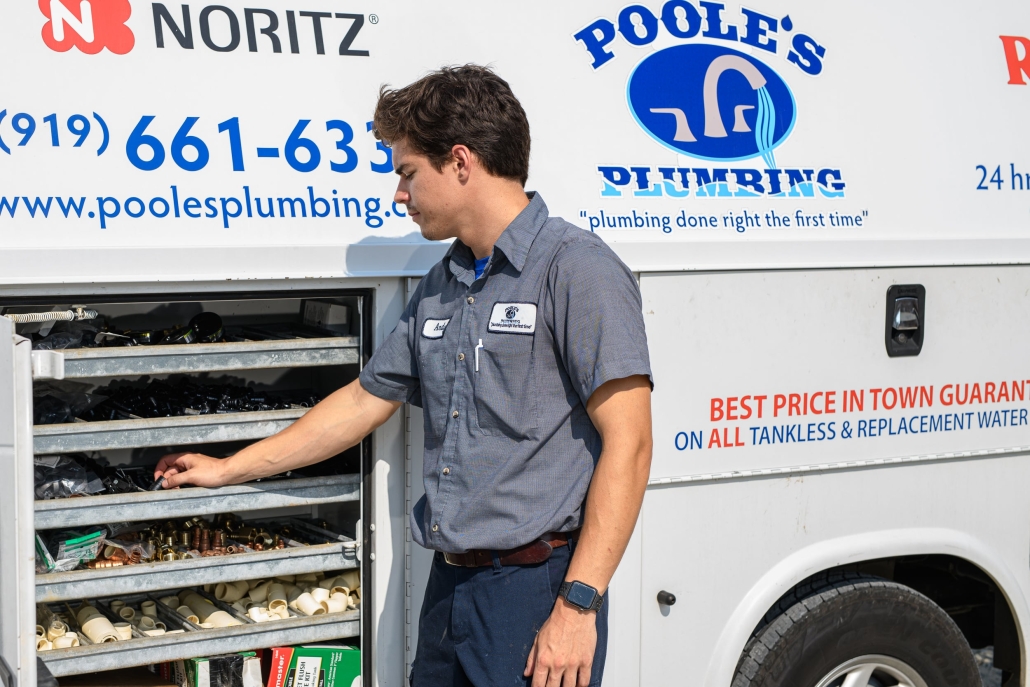
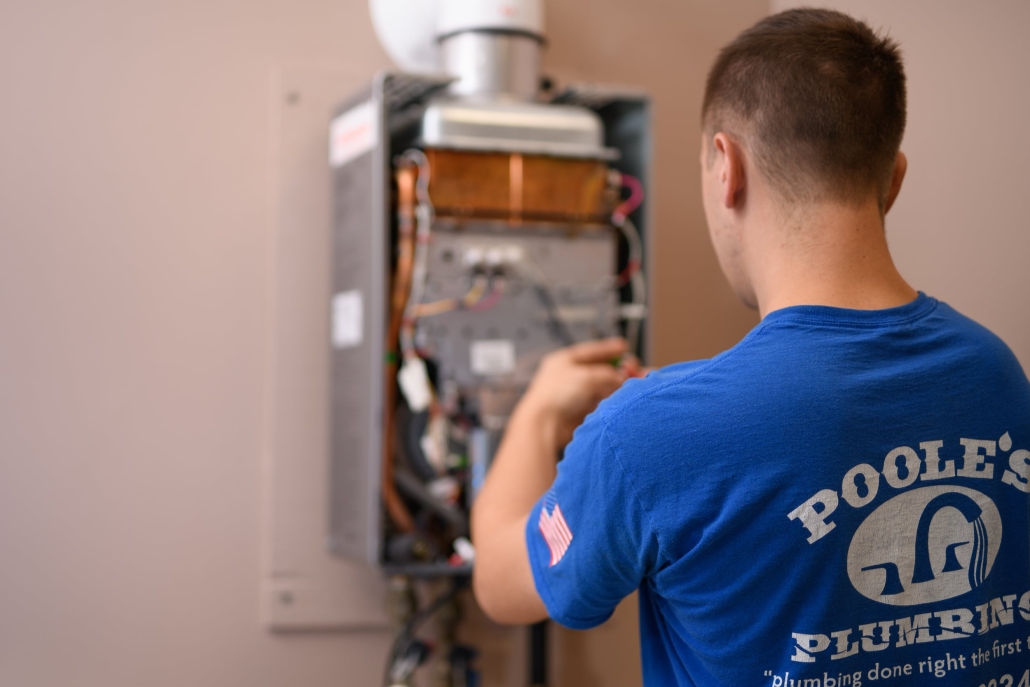
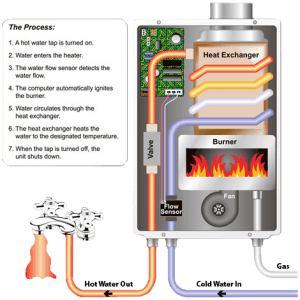
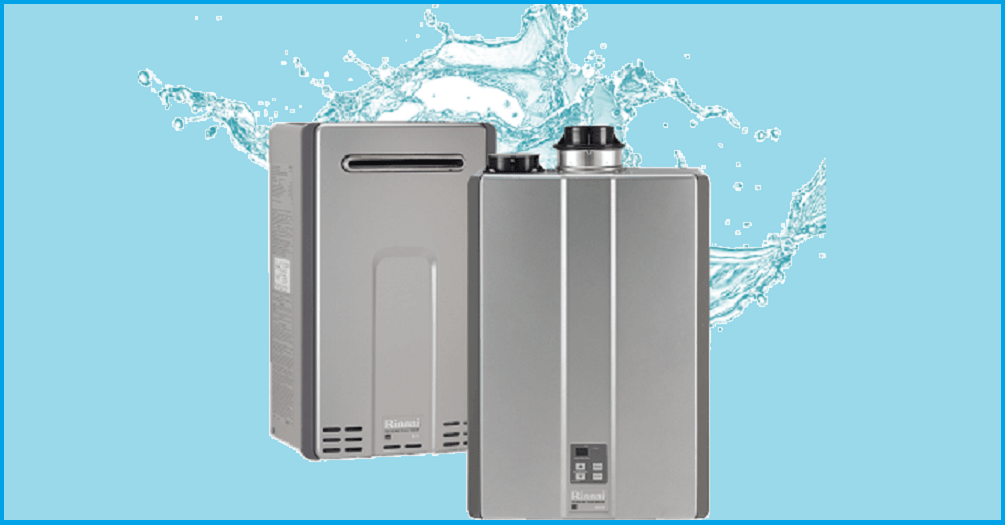 The last point I'd like to mention is tankless heater longevity. Tankless heaters typically have a 10-year warranty, and tank storage tank heaters usually have a 6-year warranty, but tankless units tend to last around double the tank storage tank heaters. Part of tankless longevity has to do with tankless units being nearly 50% larger than tank storage heater tanks, which means the tank shell is much more robust and durable.
The last point I'd like to mention is tankless heater longevity. Tankless heaters typically have a 10-year warranty, and tank storage tank heaters usually have a 6-year warranty, but tankless units tend to last around double the tank storage tank heaters. Part of tankless longevity has to do with tankless units being nearly 50% larger than tank storage heater tanks, which means the tank shell is much more robust and durable.